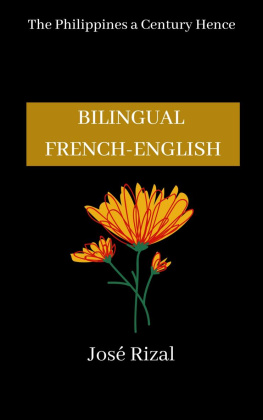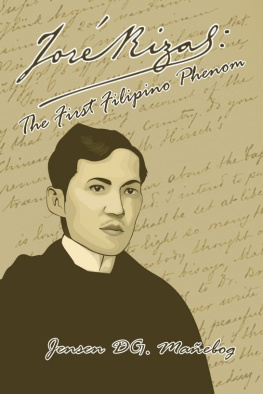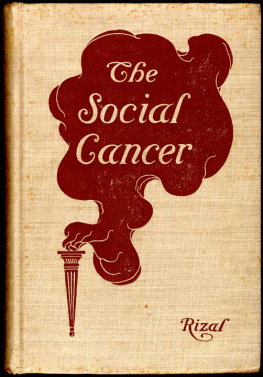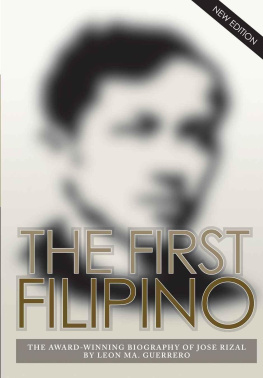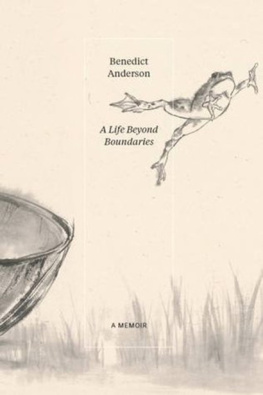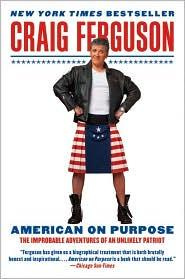The Project Gutenberg EBook of Lineage, Life and Labors of Jose Rizal:
Philippine Patriot, by Austin Craig
This eBook is for the use of anyone anywhere at no cost and with
almost no restrictions whatsoever. You may copy it, give it away or
re-use it under the terms of the Project Gutenberg License included
with this eBook or online at www.gutenberg.net
Title: Lineage, Life and Labors of Jose Rizal: Philippine Patriot
Author: Austin Craig
Release Date: January 8, 2005 [EBook #6867]
Language: English
*** START OF THIS PROJECT GUTENBERG EBOOK LIFE OF JOSE RIZAL ***
Produced by Jeroen Hellingman and the PG Distributed Proofreaders Team
Jos Rizal
Philippine Patriot
Dulce Et Decorum Est Pro Patria Morir Page i
In the Philippine Islands the American Government has tried, and is trying, to carry out exactly what the greatest genius and most revered patriot ever known in the Philippines, Jos Rizal, steadfastly advocated,
Theodore Roosevelt, then President of the United States, in a public address at Fargo, N. D., April 7, 1903.

Philippine Money and Postage Stamps, with the Rizal Portrait
Page ii

The Portrait of Rizal in 1883 Painted in Oil by Felix Resurreccion Hidalgo.
Page iii
Lineage Life and Labors
of
Jos Rizal
Philippine Patriot
A Study of the Growth of Free Ideas in the Trans-Pacific American Territory
By
Austin Craig
Assistant Professor Oriental History
University of the Philippines
Author of The Study of Jos Rizal, El Lineaje del Doctor Rizal, Etc.
Introduction by
James Alexander Robertson, L.H.D.
Manila
Philippine Education Company
1913
Page iv Page v
Dedication
To the Philippine Youth
The subject of Doctor Rizals first prize-winning poem was The Philippine Youth, and its theme was Growth. The study of the growth of free ideas, as illustrated in this book of his lineage, life and labors, may therefore fittingly be dedicated to the fair hope of the fatherland.
Except in the case of some few men of great genius, those who are accustomed to absolutism cannot comprehend democracy. Therefore our nation is relying on its young men and young women; on the rising, instructed generation, for the secure establishment of popular self-government in the Philippines. This was Rizals own idea, for he said, through the old philosopher in Noli me Tangere, that he was not writing for his own generation but for a coming, instructed generation that would understand his hidden meaning.
Your public school education gives you the democratic view-point, which the genius of Rizal gave him; in the fifty-five volumes of the Blair-Robertson translation of Philippine historical material there is available today more about your countrys past than the entire contents of the British Museum afforded him; and you have the guidance in the new paths that Rizal struck out, of the life of a hero who, farsightedly or providentially, as you may later decide, was the forerunner of the present rgime.
But you will do as he would have done, neither accept anything because it is written, nor reject it because it does not fall in with your prejudicesstudy out the truth for yourselves. Page vi
Introduction
In writing a biography, the author, if he be discriminating, selects, with great care, the salient features of the life story of the one whom he deems worthy of being portrayed as a person possessed of preminent qualities that make for a character and greatness. Indeed to write biography at all, one should have that nice sense of proportion that makes him instinctively seize upon only those points that do advance his theme. Boswell has given the world an example of biography that is often wearisome in the extreme, although he wrote about a man who occupied in his time a commanding position. Because Johnson was Johnson the world accepts Boswell, and loves to talk of the minuteness of Boswells portrayal, yet how many read him, or if they do read him, have the patience to read him to the end?
In writing the life of the greatest of the Filipinos, Mr. Craig has displayed judgment. Saturated as he is with endless details of Rizals life, he has had the good taste to select those incidents or those phases of Rizals life that exhibit his greatness of soul and that show the factors that were the most potent in shaping his character and in controlling his purposes and actions.
A biography written with this chastening of wealth cannot fail to be instructive and worthy of study. If one were to point out but a single benefit that can accrue from a study of biography written as Mr. Craig has done that of Rizal, he would mention, I believe, that to the character of the student, for one cannot study seriously about men of character without being affected by that study. As leading to an understanding of the character of Rizal, Mr. Craig has described his ancestry with considerable fulness and has shown how the selective Page vii principle has worked through successive generations. But he has also realized the value of the outside influences and shows how the accidents of birth and nation affected by environment plus mental vigor and will produced Jos Rizal. With a strikingly meager setting of detail, Rizal has been portrayed from every side and the reader must leave the biography with a knowledge of the elements that entered into and made his life. As a study for the youth of the Philippines, I believe this life of Rizal will be productive of good results. Stimulation and purpose are presented (yet not didactically) throughout its pages. One object of the author, I should say, has been to show how both Philippine history and world history helped shape Rizals character. Accordingly, he has mentioned many historical matters both of Philippine and world-wide interest. One cannot read the book without a desire to know more of these matters. Thus the book is not only a biography, it is a history as well. It must give a larger outlook to the youth of the Philippines. The only drawback that one might find in it, and it seems paradoxical to say it, is the lack of more detail, for one leaves it wishing that he knew more of the actual intimate happenings, and this, I take it, is the best effect a biography can have on the reader outside of the instructive and moral value of the biography.
James A. Robertson .
Manila, P. I. Page viii
Contents
- Dedication. To the Philippine Youth
- Introduction
- I. Americas Forerunner
- II. Rizals Chinese Ancestry
- III. Liberalizing Hereditary Influences
- IV. Rizals Early Childhood
- V. Jagors Prophecy
- VI. The Period of Preparation
- VII. The Period of Propaganda
- VIII. Despujols Duplicity
- IX. The Deportation to Dapitan
- X. Consummatum Est
- XI. The After Life In Memory
- Appendix. The Monkey and the Tortoise
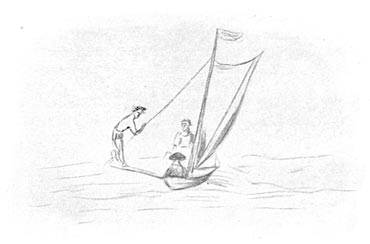
From Rizals sketch book.
Page ix
List of Illustrations
Portrait of Rizal Frontispiece Painted in oils by Felix Resurrection Hidalgo (in color).
Philippine Money and Postage Stamps




